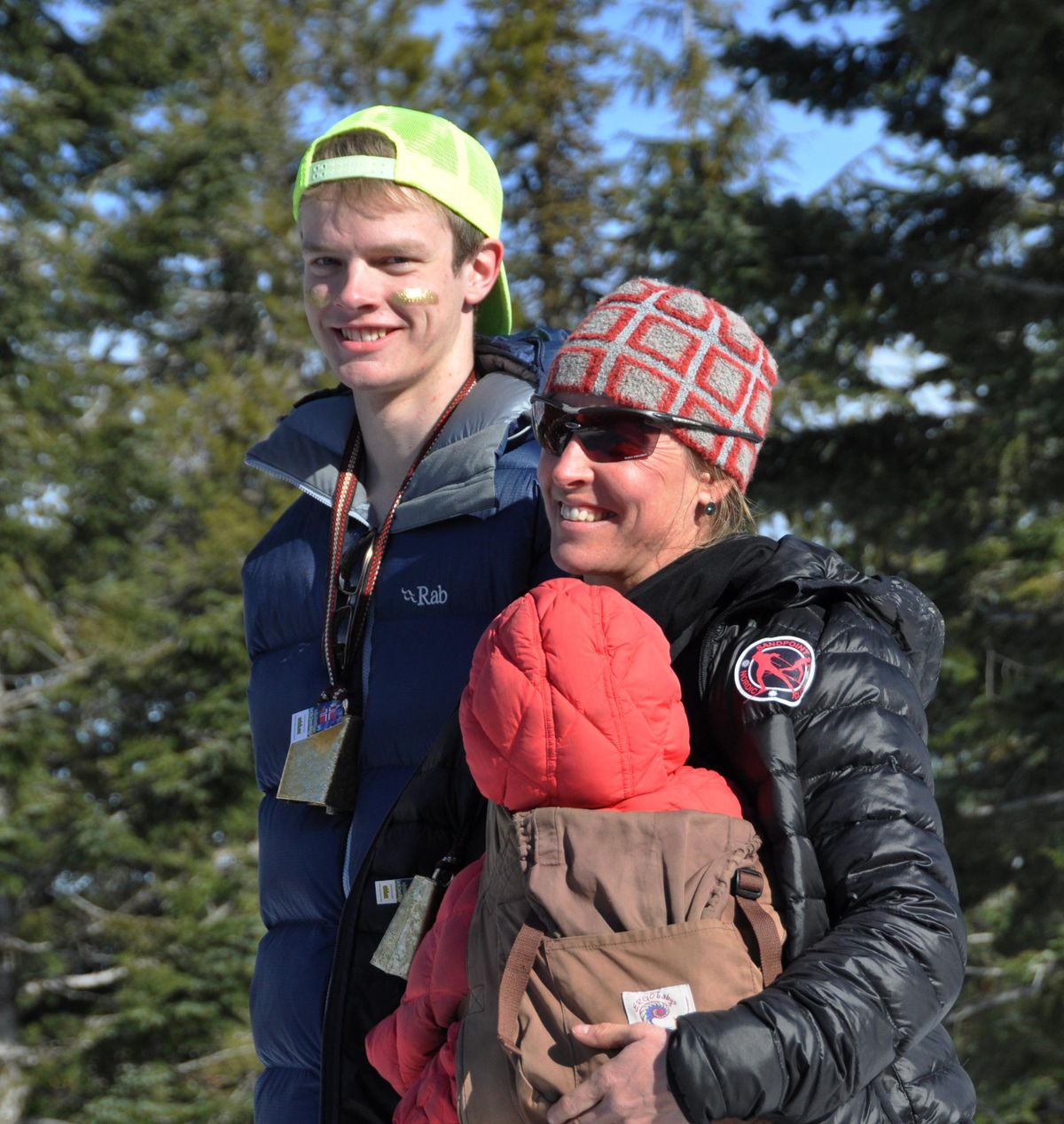Outpeople: Brett Ford carving out a niche in cross country

Winning the Langlauf 10K cross country ski race at Mount Spokane on Feb. 12 was a highlight of Brett Ford’s competitive career, but it was not the most important day of his current racing season.
Ford, a senior at Saint George’s School in Spokane, had qualified for the US Ski Association Junior National Championships as a freshman and sophomore. Last year, as a 17-year-old competing in a newly combined U18/U20 age division, Ford entered the last event of the season fighting for one of the 32 qualifying spots from the Pacific Northwest Ski Association.
Qualification is based on the entire season’s results. After the four races that weekend at Mount Spokane, Ford ended up two spots from making the team, bringing his season to a disappointing end.
“I was really devastated,” he said. “Putting in 600 hours of training only to be kept off the team, and knowing that I would have made the team if the two age groups weren’t combined, was really hard.”
Ford said he started Nordic skiing as soon as he could walk.
“My parents were big on backcountry telemark skiing, but when they had my sister Grace and I, they temporarily gave that up and brought us with them cross-country skiing.”
The Ford siblings started skiing with the Spokane Nordic Ski Association’s Nordic Kids as youngsters, and his father Jud Ford is one of the SNSA coaches. The Nordic Kids program currently involves 250 kids up to age 12.
Brett’s next step was the Transition Program in fourth grade, which involves local races only. He graduated to the U14 team, competing in races across the region.
Each weekend meet consists of four races: Sprint and 10K in both classic and skate (or freestyle) classifications. The sprint races are 1.0-1.5 kilometers, lasting about three minutes with four heats in a day – like a track athlete running four 800 meter races and a 10K two days in a row, Ford said.
Ford enjoys the classic style more than skating, and usually places higher in classic races. His winning time at Langlauf was just over 27 minutes – averaging nearly 14 mph on the hilly course.
Broad shouldered, long legged, 6-foot-2, about 175 pounds, Ford was a pole vaulter in middle school. Focused now on Nordic skiing, he trains indoors every morning before school in the fall and winter, working mainly on strength. He skis at Mount Spokane several times a week. He runs on the Saint George’s cross country team in the fall, but he is a much better skier than runner.
In summer, he trains 3-4 hours every day, working on his upper body strength by lifting weights and doing a lot of double poling on roller skis using smooth paved surfaces like the Centennial and Fish Lakes trail. The classic roller skis have ratchets to allow for the straight forward and back motion required, while the skate skis are basically just long roller skates. Often he gets in two workouts a day.
All the training in the world can’t make up for misjudging the ski wax on race day, as he found out recently at the Junior events at Mount Spokane.
“I was pretty confident going into the last qualifying race at Mount Spokane, and expected to make the podium. But then the snow conditions were difficult for waxing, and we didn’t get the ‘kick’ wax right. I was getting left behind on the downhills.
“I finished 10th in the classic races. On Sunday, I woke up sick, so I took it easy in the skate races.”
Despite the tough weekend, his 16th place ranking going in was enough to assure that he qualified for his third Nationals, this time in the U-20 age group. He will be skiing on two weekends, March 3-11 on the Olympic courses at Lake Placid, New York.
Ford has applied to several small colleges on the Northeast that have ski teams, and he has been accepted early at Colorado College. He carries a 3.9 grade point at Saint George’s, and is his school’s nominee for Spokane Scholars in science.
His senior research project is “How does the carbon chain length in primary halides affect the reaction rate in a bimolecular nucleophilic substitution reaction?”
“As one of just two seniors this year, (Brett’s) leadership has been exceptional,” said Spokane Nordic ski team coach George Bryant.
“He has been a mentor and a resource for the younger skiers. I am confidant Brett will make his way in the future with every success due him for his work ethic and determination to succeed.”
Correspondent Pete O’Brien teaches chemistry at St. George’s High School.